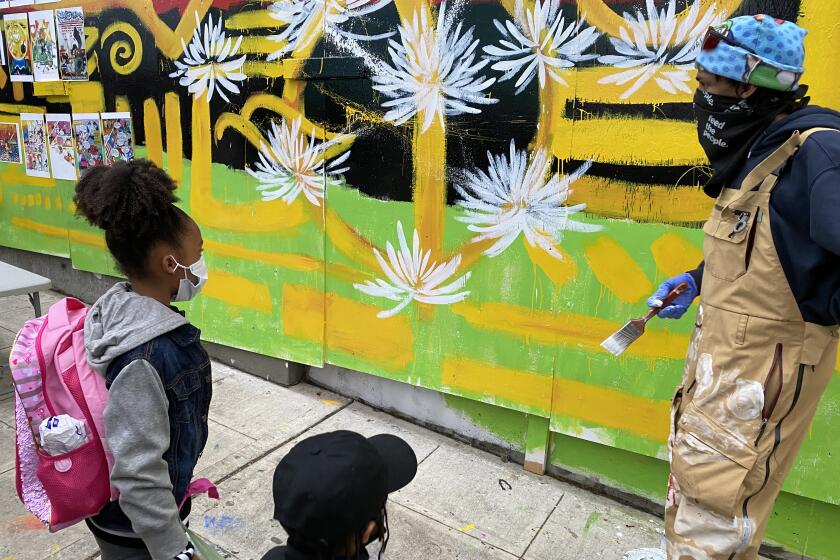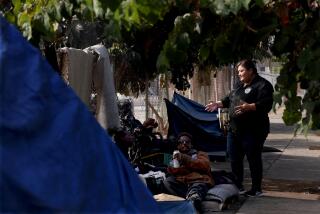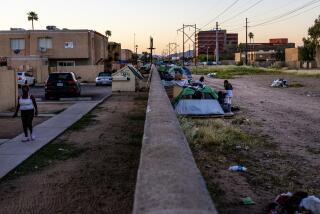Seattle’s police-free zone was created in a day. Dismantling it will take much longer
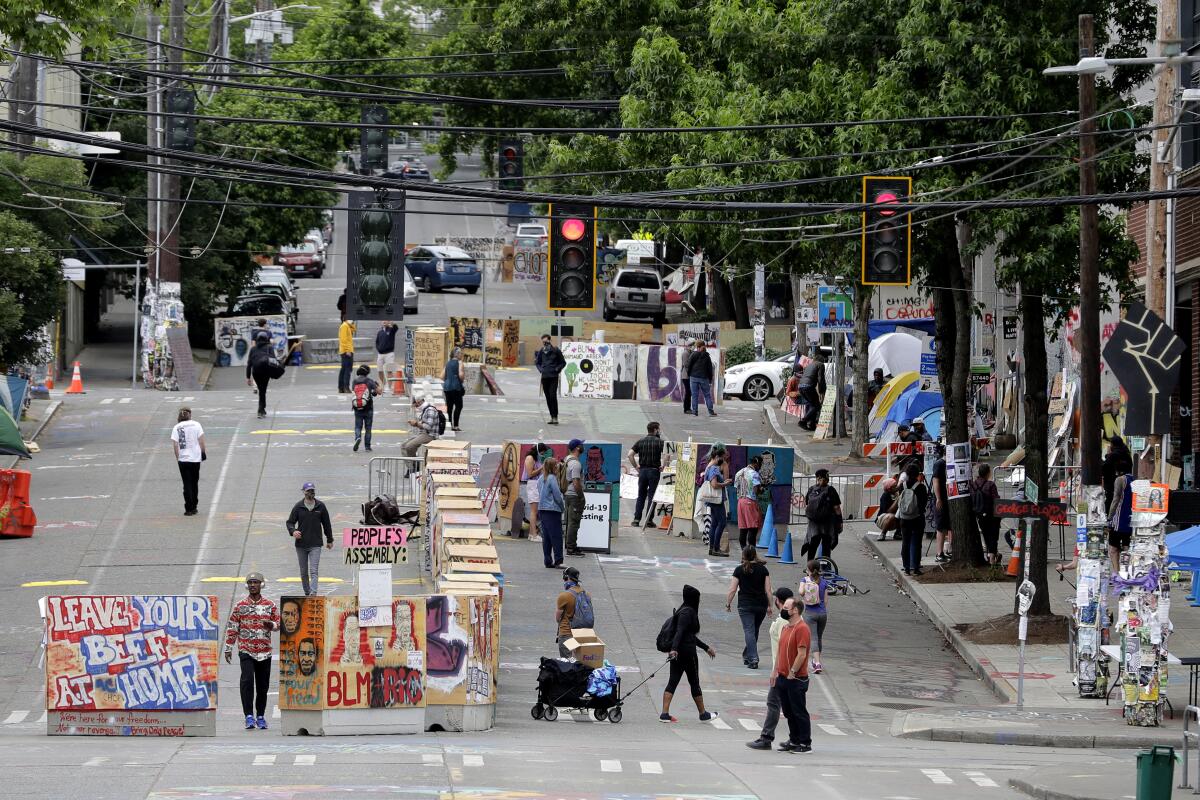
- Share via
SEATTLE — Scores of tents have been pitched by activists, homeless people and hangers-on who have settled in, planting a vegetable garden complete with drip irrigation.
Somebody painted over the sign above East Precinct’s front door, so it reads “Seattle People Department.”
It’s been more than two weeks since officers who had guarded the building boarded it up, put away their tear gas and turned over six city blocks to demonstrators rallying against police brutality and racism.
Images of the Capitol Hill Occupied Protest zone, or CHOP, have been broadcast around the world, provoking the ire of President Trump, who traded barbs on Twitter with Mayor Jenny Durkan.
Now city officials, alarmed by a series of shootings in the zone and facing pressure from businesses hoping to reopen, say the experiment is over.
Durkan declared this week that it was “time for people to go home.“
But reclaiming the territory is proving much harder than giving it up.
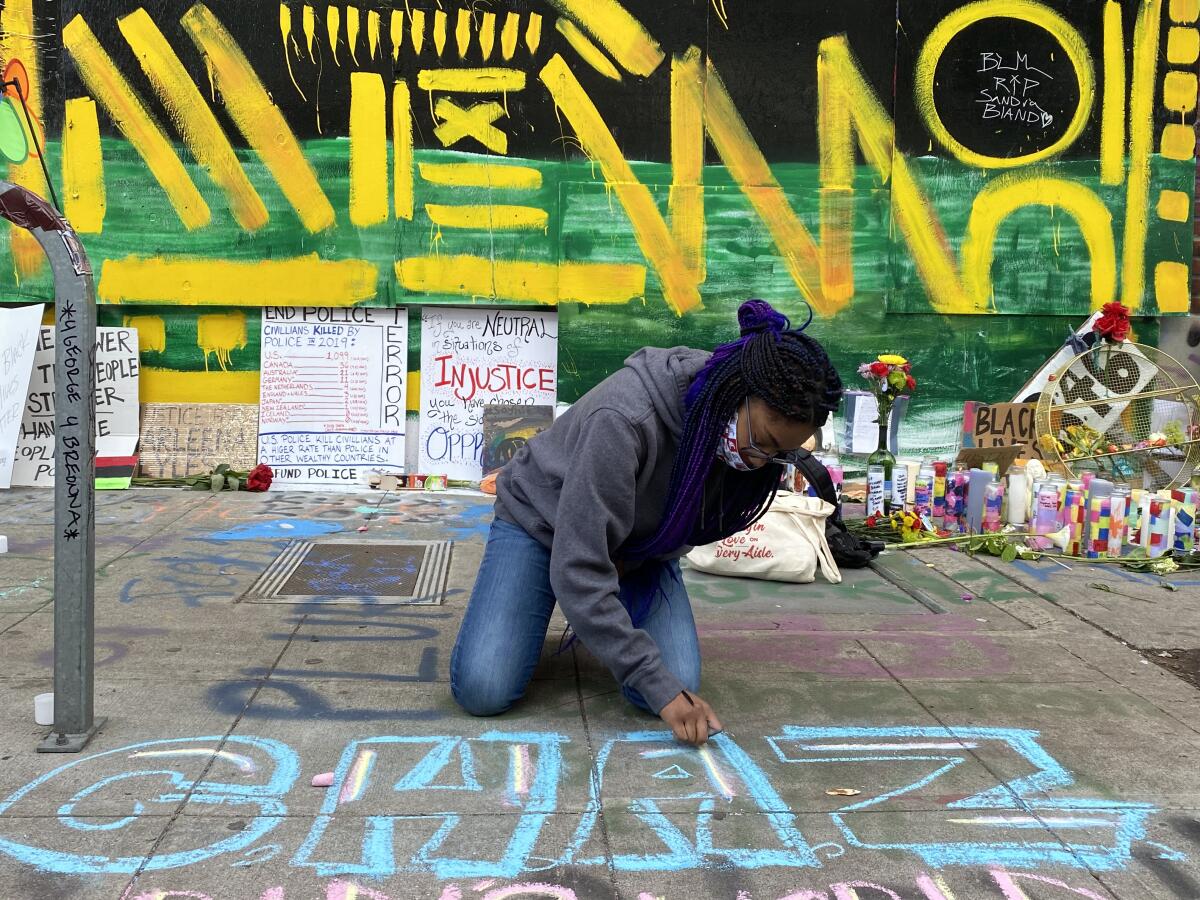
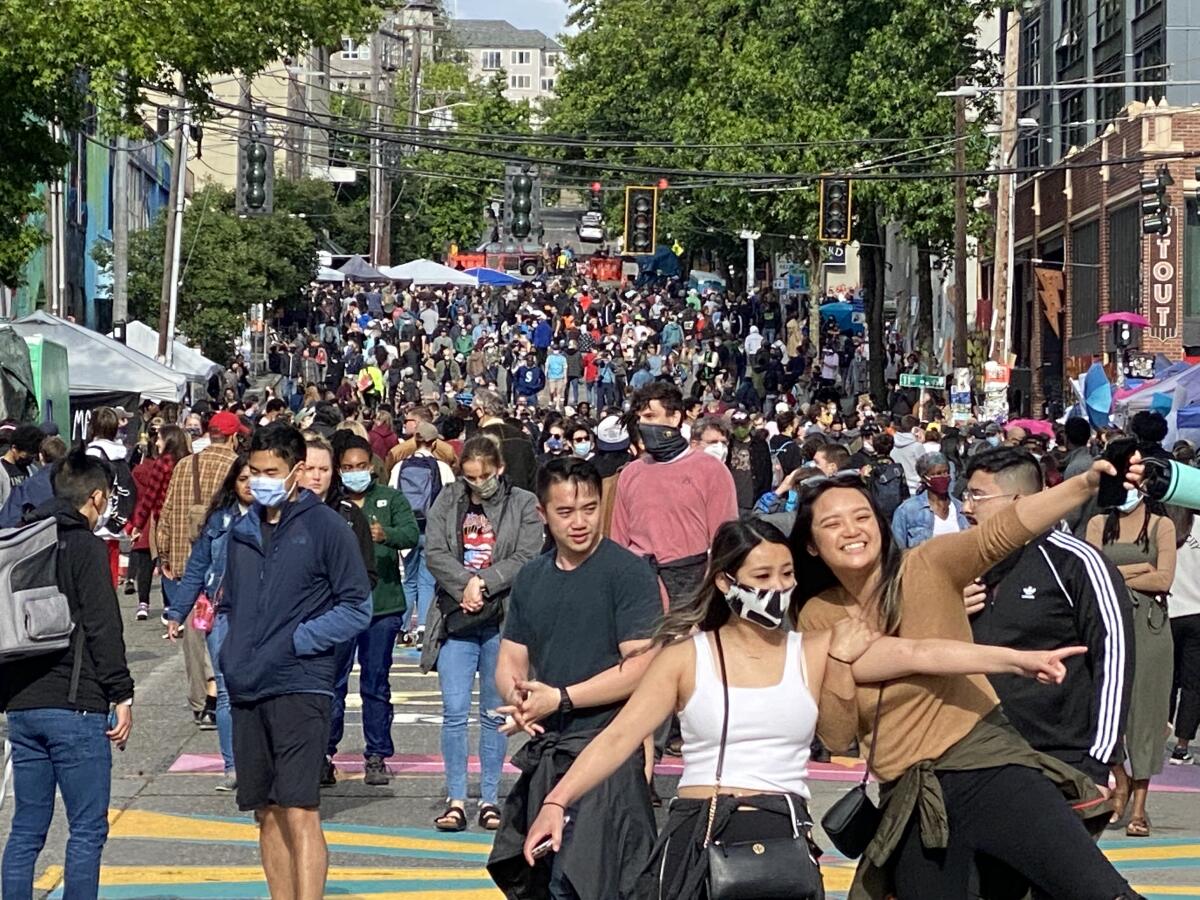
Mindful of the pitfalls of using force, Durkan is not having the police drive out the occupiers. Instead, she has enlisted the support of respected members of the local Black community and is trying to make contact with leaders of the zone to negotiate -- to the extent that anybody is in charge.
Some had promised to meet with Durkan on Monday morning but failed to show up, according to Andre Taylor, a community activist she had appointed as an intermediary.
Malcolm Procter, a street artist, paints on a grand scale among acres of plywood covering storefronts in Seattle.
Taylor declined to name the leaders, citing promises of confidentiality.
The mayor also enlisted support from the Rev. Harriet Walden, a Black elder who noted with irony that the Seattle Police Department’s East Precinct opened in 1986 after calls from the city’s African American community for quicker response times.
“East Precinct needs to be open; the guys need to be in there doing the work,” she said while also calling for reforms to policing.
She also said the mayor should apologize for the decision to abandon the precinct. The city has not been clear about how that decision was made, but it was opposed by the police chief, Carmen Best.
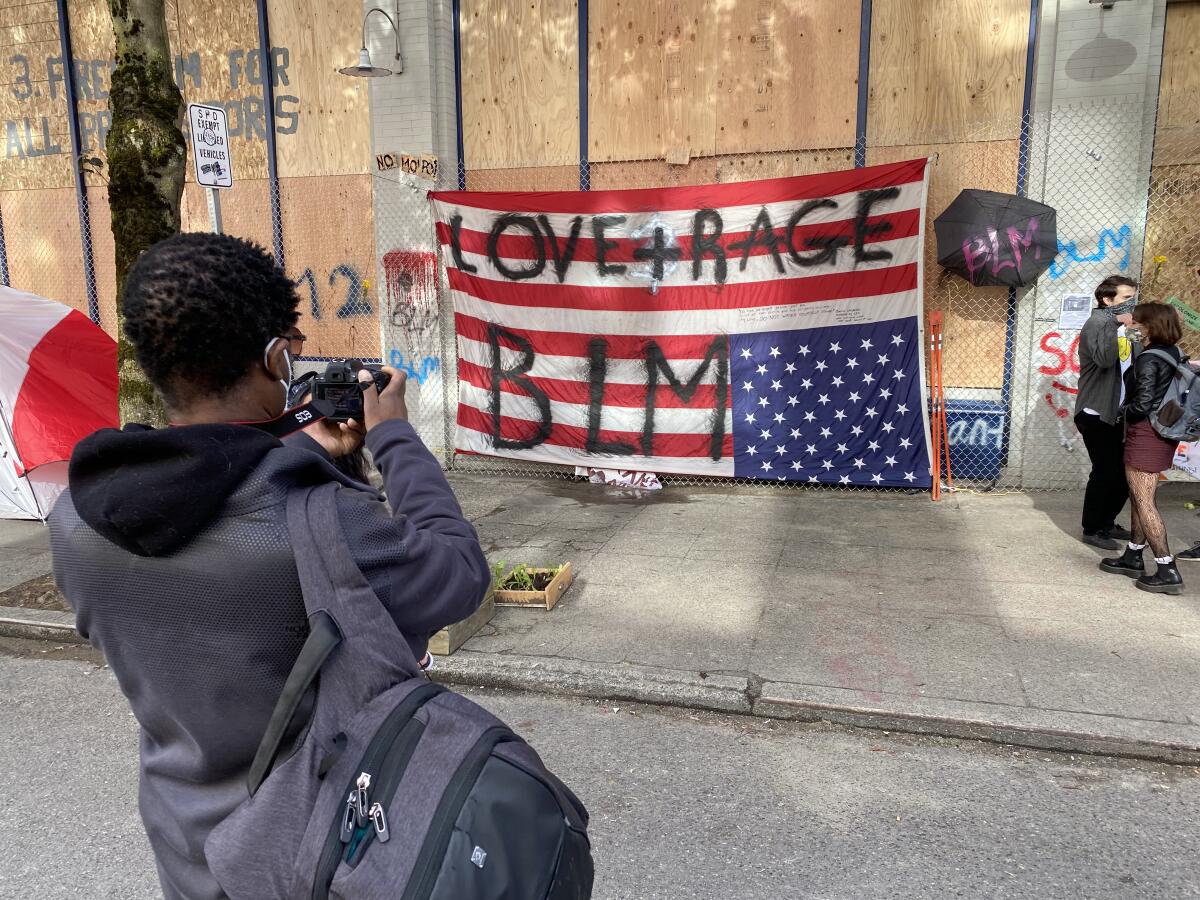
On Wednesday, several business owners and residents in the zone sued the city, saying they had been harmed by vandalism and a loss of emergency services.
The federal suit said Durkan’s statements suggest that the city “views the occupation of Capitol Hill as something akin to a perpetual block party.”
But banners throughout the zone say occupiers won’t leave until a series of demands are met: cut the Seattle police budget in half, fund Black community programs and drop all charges against protesters arrested in recent weeks.
Durkan proposed a 5% cut to the police budget Wednesday but also asked her staff to prepare models showing what 20%, 30% and 50% cuts would entail.
Chief Best has pleaded with the City Council to reverse a recent vote banning the use of tear gas and other crowd control measures, saying her officers are left only with guns and batons.
If anyone leads the zone, they do not advertise themselves.
At the “co-op,” where volunteers distribute donated snack bars, hand sanitizer and umbrellas, a young man cooking lentil soup to give away declined to say who was in charge but gestured politely toward nearby Cal Anderson Park.
There, several dozen people sat around an orange circle at the center of a soccer pitch. The circle is a stage for free-form public address.
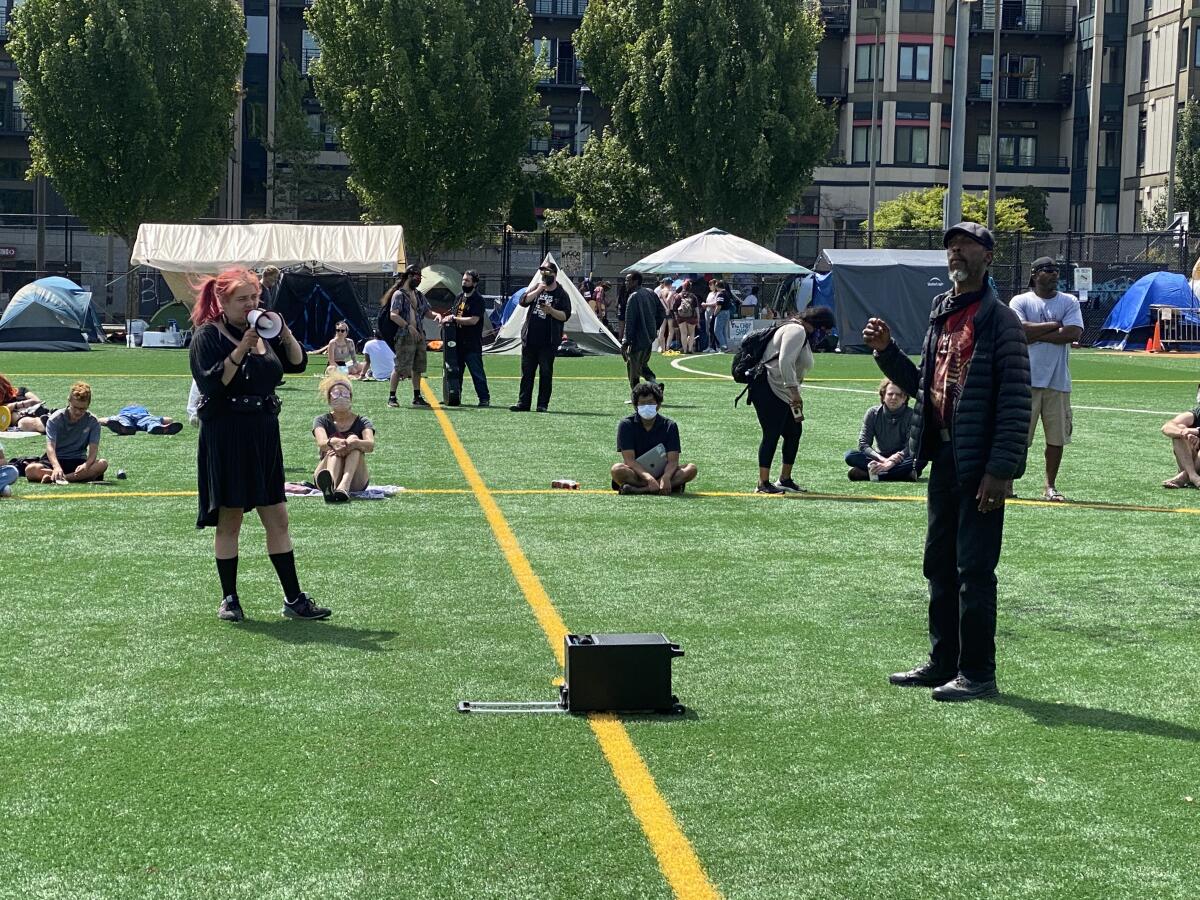
A young man wearing a Black Lives Matter T-shirt spoke into a bullhorn.
“We need to figure out, together, what we’re going to do with CHOP,” he said. “How do you want to do it? I’m listening, my bro.”
As he spoke, a woman with another bullhorn veered in and out of the circle, offering up her own commentary on the zone’s future.
Another young man, saying he couldn’t hear, yelled at the first speaker: “Do you respect Black women? Then let the sister speak!”
The two men exchanged glares and heated words at the edge of the circle, drawing a small crowd.
“Now, back to my original message,” the woman said. “If you’re not part of the 1%, you’re in chains. Do not give up.”
Another woman with a bullhorn jumped up to direct those with tents to move them closer to the precinct to help block police from returning.
“That building is ground zero for us, and we’re not going anywhere,” she said.
Another man claimed one of the bullhorns to say that he grew up in the neighborhood and didn’t much care what happened to the precinct.
He said the zone had deteriorated into a lawless place beyond reach of Fire Department medics in emergencies. He was especially critical of some of the people living in the tent encampment.
“They weren’t marching,” he said. “They’re smoking weed, shooting dope and getting high. What good are they?”
In fact, the community gardens of lettuce, basil, sweet peas and strawberries that have sprung up in neat circles within the encampment appeared to be the best-organized areas of the zone.
Marcus Henderson, a volunteer with experience in sustainable land use, said the “guerrilla gardening” project grew from his desire as a Black man to contribute to the zone. Donations of seedlings, tools, generators and chicken wire rolled in.
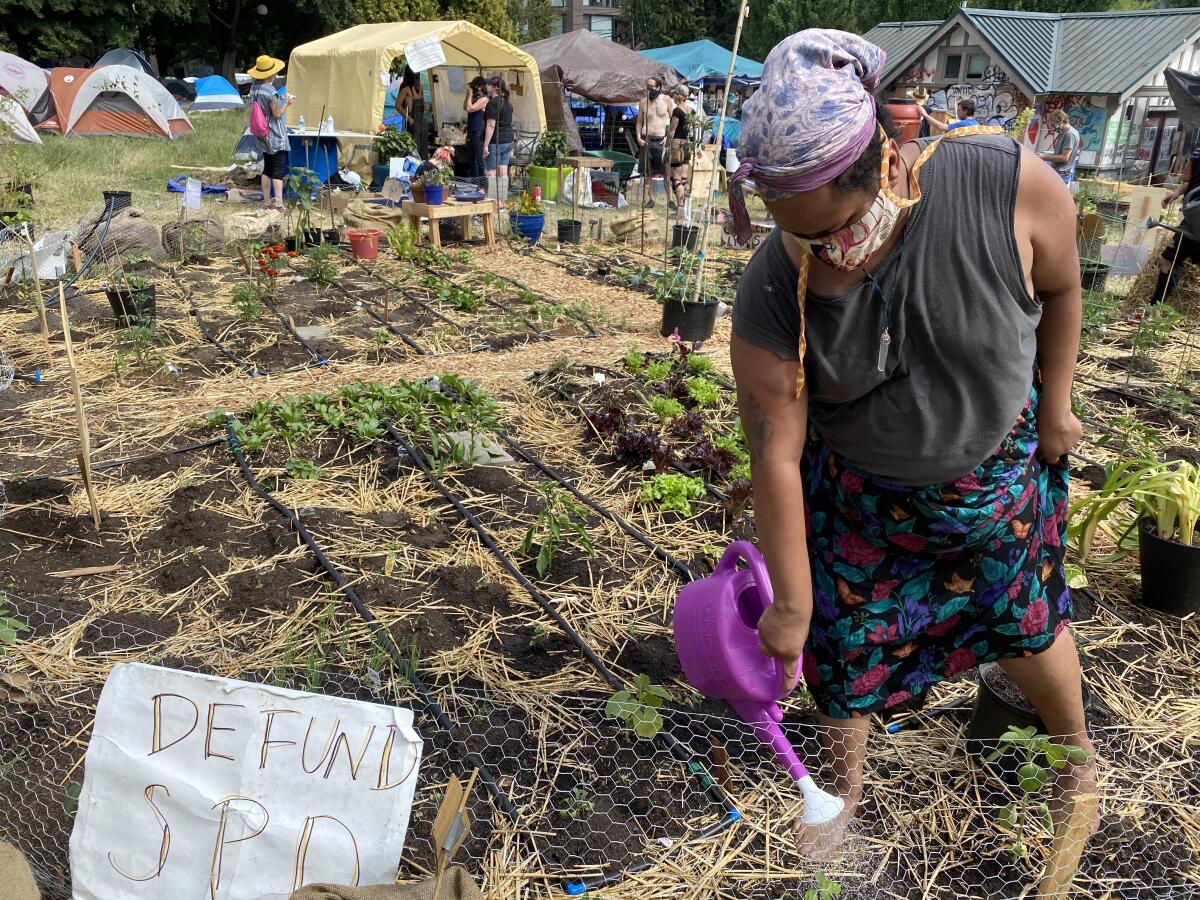
On Tuesday, the water utility shut off the park supply to encourage occupants to depart, but a sympathetic company worker turned it back on, Henderson said.
“Whether CHOP will last in its current incarnation, who knows,” he said.
Either way, he said, he hopes the garden will remain.
Henderson said the Capitol Hill zone does have leaders.
“They chose not to go to the meeting that was offered to them,” he said. “You have people who were tear-gassed and smoke-bombed by the police, and they are asked to be prepared to negotiate for millions of dollars of cuts without maybe even experience in those kinds of discussions.”
“I think it’s fair that they didn’t enter that room. Hopefully the city is willing to have another conversation.”
More to Read
Sign up for Essential California
The most important California stories and recommendations in your inbox every morning.
You may occasionally receive promotional content from the Los Angeles Times.
